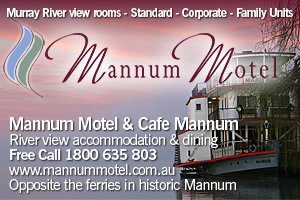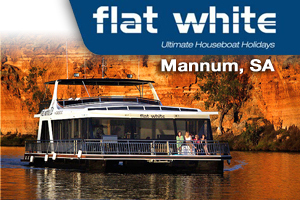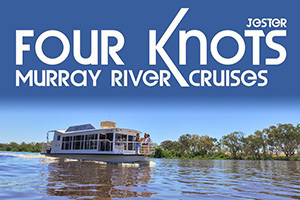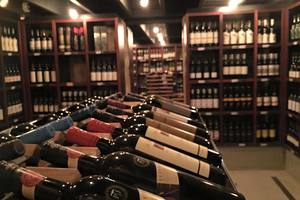
The Randell Walk
Mannum Walks
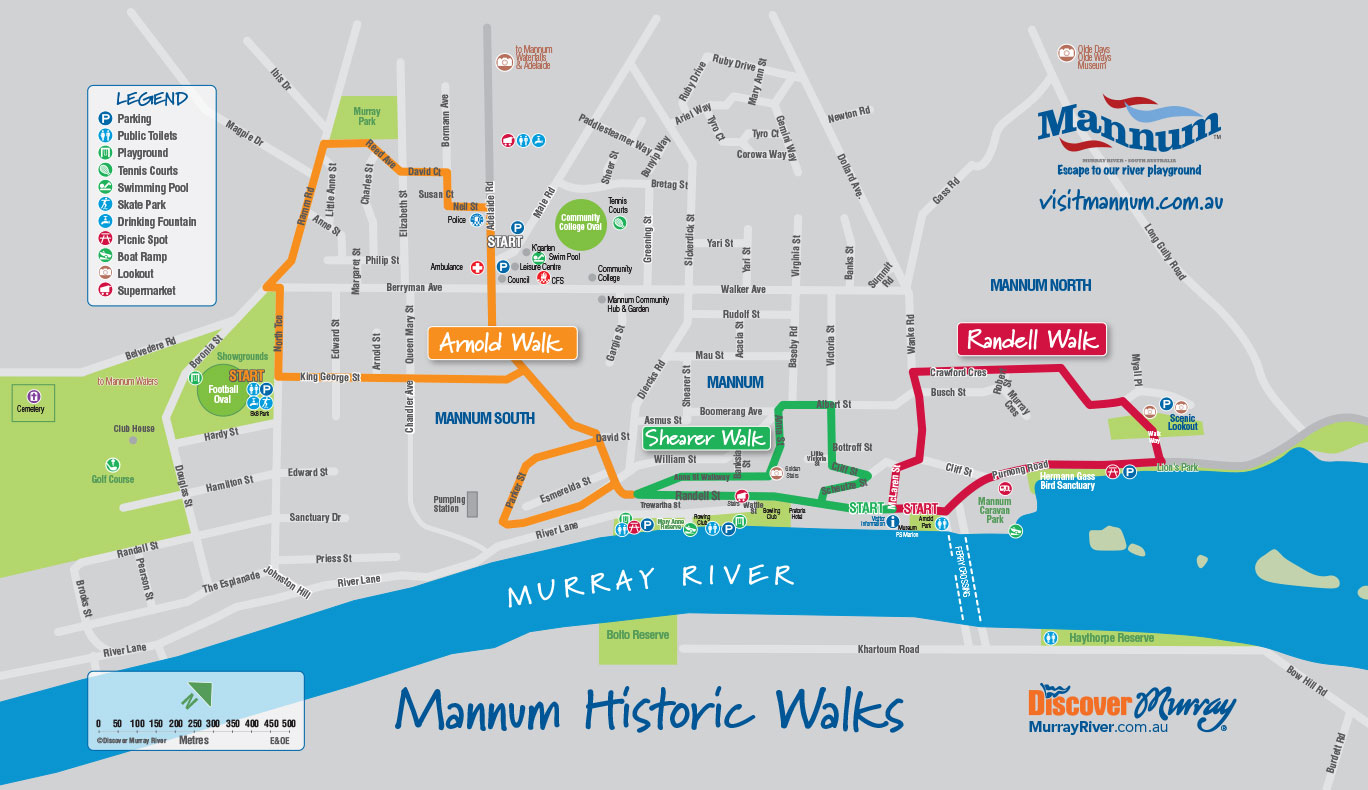
Duration: 1 – 1 1/2 hours
Grade: Difficult in parts
Randell Dry Dock
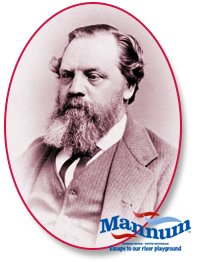 W. R. Randell built the first paddle steamer to ply the River Murray – the ‘Mary Ann’. Born in England, he was the son of a Gumeracha miller. The needs of pastoralists along the river enabled him to develop a thriving freight business. Randell built the Woolshed, the first building in Mannum, in 1854. He subdivided land, brought the Mannum Dock from Milang, and was largely responsible for the present location of Mannum, for the town grew up around his business.
W. R. Randell built the first paddle steamer to ply the River Murray – the ‘Mary Ann’. Born in England, he was the son of a Gumeracha miller. The needs of pastoralists along the river enabled him to develop a thriving freight business. Randell built the Woolshed, the first building in Mannum, in 1854. He subdivided land, brought the Mannum Dock from Milang, and was largely responsible for the present location of Mannum, for the town grew up around his business.
- Start: Mannum Visitor Information Centre, Randell Street.
- Cross the street to the Woolshed. Built by Randell in 1854 to store freight to be transported on his fleet of steamers, the Woolshed was later used as a customs house, and also housed Scot’s Engineering Company.
- From the Woolshed, walk up McLaren Street to the gate of Frank Randell’s house halfway up on the right. Frank Randell brought the land or this house from his brother William in 1872. In later years, he rented it out. One notable tenant was Mannum’s first Doctor, Albert Doepke, in 1873. The Scott family brought the property in 1907. Looking across to your left, part of William Randell’s Bleak House can be seen.
- Walk to the T junction and observe Thomas Randell’s house across the road. Thomas, brother to William and Frank, opened a store in a lean-to on the Woolshed. When he was flooded out, he added two rooms to his home and used them as a bakery and general store. He bought leeches from the Aboriginal community to sell to doctors and moved to the main street about 1863.
- Walk to the right and cross to the Old Manse. The original Lutheran Church, also used as a school, was built in 1882 and the manse in 1896 (enlarged in 1923). During the 1930’s the preset Church replaced the old. When major rebuilding was done in 1968 a new manse was built, but the original escaped the bulldozer.
- Walk up to the asphalt track to the left of the Manse. This path is known as the Goat Track. It is one of the oldest roads in Mannum, servicing Tom Randell’s store, and continuing down to the Woolshed. It also led to the market and so was a stock track for many years It was bituminized for the first time in 2006.
- Continue up Wanke Road and turn right into Crawford Crescent. You now enter a more recently developed area. From parts of this road you can see the South Mount Lofty Ranges to the west, and the River Murray Valley and flood plains to the east.
- The Walkway will take you down to Purnong Road, through you may wish to continue to the Lookout first to enjoy the panoramic views. Please note that the Walkway is graded ‘difficult’.
- Cross Purnong Road to the Lion’s Park and walk towards the town. To your left you will see a sign to a board walk which will enable you to view the many water birds. You are in the Herman L. Gass Bird Sanctuary. Gass was the Manager of the Mannum Club or many years, and on his retirement to Purnong Road, would feed the Pelicans. The Sanctuary was named after him and he was its first Warden. Across the road, observe the older houses, built when William R. Randell subdivided the land.
- Pass the fence around the Caravan Park. Notice the old Pumphouse inside the fence. Now used as a Backpacker’s Hostel, this once housed a Crossley suction gas plant, an engine of 75 bhp and a Worthington 6 inch 3 stage centrifugal pump. It was opened in 1912.
- Cross the entrance to the ferries. There was probably a punt operating before 1877, but in that year, a ferry was run by the Crown Lands Dept. Fees were charged, and clients were expected to help propel it along.
- Pass the Dry Dock on your left. First used in 1876, the dock was brought to Mannum by Captain William Randell, towed from Milang behind a paddle steamer. He reported it “moved like a snake” on the journey.
- Complete your walk at the Visitor Information Centre. This building was a garage for most of its life, but was remodelled as a Visitor Information Centre and Museum in 2001.




